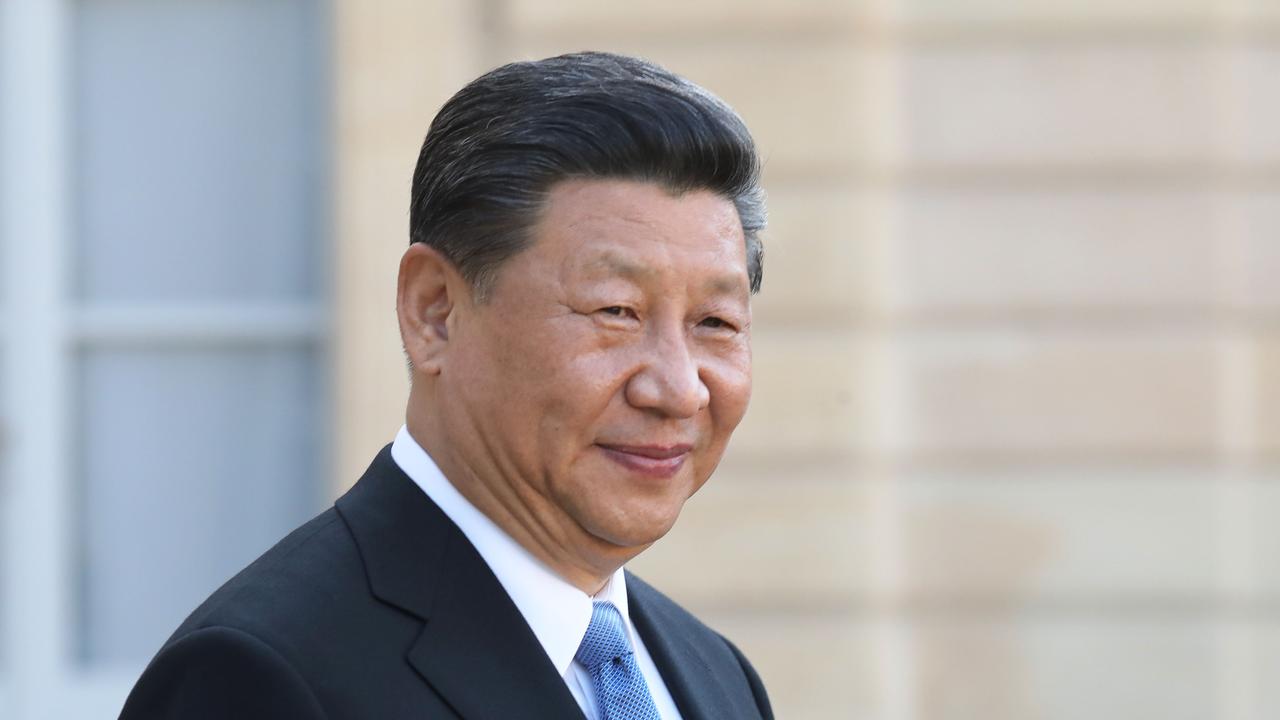Tesla Motors falls short of Elon Musk’s high targets
Few chief executives aim as high or push as hard as Elon Musk at Tesla, the carmaker often missing his high targets.

In May, Elon Musk made another of the bold projections that have become commonplace for the Tesla Motors chief executive when he said the electric car maker expected to deliver about 17,000 vehicles to buyers in the second quarter, its biggest ever.
In July, Tesla did something else that has become commonplace: it missed Mr Musk’s target. Tesla said it delivered 14,370 vehicles, blaming the 15 per cent shortfall partly on cars that were still on trucks and ships at the end of June.
“I have never set a goal which I know is unrealistic, unless I have specifically said I know it’s unrealistic,” said Mr Musk, 45, in an interview. Earlier this month, he committed to boosting Tesla’s weekly output more than 50 per cent by the end of this year compared with the first half of 2016.
Few chief executives aim as high or push as hard as Mr Musk, also the chairman and largest shareholder of Tesla, which is growing faster than General Motors and Ford and is worth $US34 billion ($44.2bn) in stockmarket value. That’s about one-third of the two traditional carmakers combined.
In the past five years, though, Tesla has fallen short of more than 20 projections made by Mr Musk, ranging from car-production output to financial targets, according to an analysis by The Wall Street Journal. The company missed 10 of his stated goals by an average of nearly a year.
Tesla’s Model S sedan was rolled out on schedule in 2012, but its Model X sport-utility vehicle was delayed nearly two years before its debut last September. The Model 3 sedan, initially targeted for rollout by the end of 2014, was unveiled in March and won’t be delivered to customers until next year.
So far, the expectations game on Wall Street hasn’t applied to Mr Musk, showing that some of Silicon Valley’s highest-profile technology entrepreneurs play by different rules. Companies that make promises they don’t keep usually are punished by investors.
Tesla shares are up more than 760 per cent in the past five years, compared with about 65 per cent for the Dow Jones Industrial Average.
“This guy wants to save the world,” said Ron Baron, the founder of asset manager Baron Capital, which has a Tesla stake worth more than $US300 million. He isn’t bothered by the misses. “The odds are very favourable that we are going to make a lot of money on this investment,” Mr Baron said.
Some analysts have begun to worry that Mr Musk’s ambitious prognostications could haunt Tesla as it tries to meet his goal of churning out a million cars a year by the end of 2020. It has sold about 140,000 since 2008.
Last month, Mr Musk announced a new “master plan” that he wrote, which includes plans for electric versions of a pick-up truck, small sport-utility vehicle, large over-the-road truck and bus-type vehicle in the next several years. Tesla will double its workforce after buying SolarCity, a solar-energy company where Mr Musk also is the largest shareholder, in a deal valued at $US2.6bn.
“The targets they put out for production are ridiculously aggressive,” said Colin Langan of UBS’s UBS Investment Research.
Efraim Levy, an analyst with S&P Global Market Intelligence, said Tesla “has put off the day of reckoning for a long time because their case is based on delivering on future demand”.
Tesla’s future is riding largely on whether Mr Musk can broaden the appeal of the Californian company’s cars to the masses. The earliest Tesla models cost more than $US100,000. The company is now racing to complete work on the Model 3, a sedan with a base price tag of $US35,000 that will compete with petrol-powered cars.
In May, Mr Musk told analysts and investors that he expected production of the Model 3 to start on July 1, 2017. In an interview with the Journal last month, the CEO talked down his own target. “Do I think production of the Model 3 will start on July 1 of next year?” Mr Musk asked. “No.”
Securities law gives executives leeway to prognosticate and issue targets, but a company could be held liable if its executives knew their projections had little or no chance of coming true.
“When you make a projection, you need a reasonable basis to believe in the validity of the projection,” said former Securities and Exchange Commission chairman Harvey Pitt, who now runs a consulting business.
Mr Musk said he didn’t “set targets that I know can’t be met”. Tough goals keep Tesla moving forward. “In order to have a good outcome, we must strive for a great outcome,” he said.
Tesla has about 14,000 employees, up from 6000 at the end of 2013. In 2014 and 2015, Mr Musk pushed production targets higher but then fell short at the end of both years. He sets the targets, and the numbers filter down through the company’s ranks, according to Mr Musk and employees.
A letter to shareholders in May 2014 set a goal of more than 35,000 deliveries of Model S vehicles for the full year. Tesla wound up missing the number by 3345, financial filings show.
Instead of a “run rate” of 100,000 vehicles at the end of last year, or more than 8000 made and sold a month, as Mr Musk predicted in August 2014, the actual number was closer to 5800 a month. Tesla came up about 8 per cent short of his projection in February 2015 that Tesla would deliver about 55,000 vehicles by the end of last year.
Mr Musk agreed it took longer than expected to meet the projections. That matters little, he said, because Tesla would eventually hit all its goals.
Additional reporting: Ianthe Jeanne Dugan



To join the conversation, please log in. Don't have an account? Register
Join the conversation, you are commenting as Logout